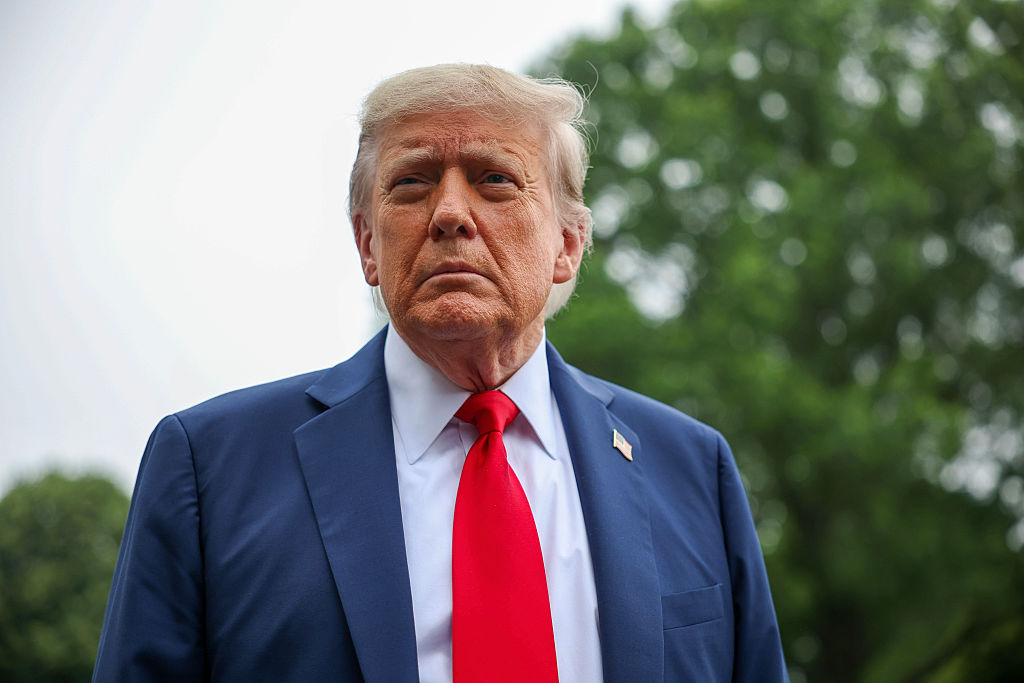U.S. President Donald Trump has imposed an additional 25% tariff on imports from India, a move economists say could dent India’s GDP growth in FY26 by up to 0.4%.
Sonal Badhan, Economics Specialist at Bank of Baroda, told ANI, “We had initially priced in an approximate 0.2% impact on GDP growth due to the earlier 25–26% tariffs imposed by the U.S. The additional 25% hike will come into effect after 21 days. During this time—or in the coming months—there is a likelihood that lower rates may be negotiated.”
She added that the overall impact on GDP growth could range between 0.2–0.4%, depending on the final trade agreement. Sectors expected to be hit include garments, precious stones, electronics, pharmaceuticals, auto parts, and MSMEs.
“There appears to be a downside risk to our growth forecast of 6.4–6.6% if lower rates are not negotiated,” she said.
The tariff hike has raised serious concerns among Indian exporters and trade experts. With this move, the total U.S. import duty on Indian goods has reached 50%, making Indian exports significantly more expensive in the American market.
The executive order, issued on Wednesday (U.S. time), cites India’s continued import of oil from Russia as the reason behind the decision.
The order reads: “I find that the Government of India is currently directly or indirectly importing oil from the Russian Federation. Accordingly, and as consistent with applicable law, articles of India imported into the customs territory of the United States shall be subject to an additional ad valorem rate of duty of 25 percent.”
Ajay Bagga, a Banking and Market Expert, told ANI that the steep tariff is a major blow. “India is now hit with 50% tariffs, but frankly, once it crossed 25%, it didn’t matter. Whether it’s 1,000% or 5,000%, there’s no trade possible anymore,” he said.
Bagga noted that with Christmas orders ready and shipments already prepared, the move is especially harsh on exporters. “If USD 1 billion worth of textile exports are halted, it directly impacts around 100,000 workers.”
Agneshwar Sen, Trade Policy Leader at EY India, termed the additional tariff unnecessary.
“Political differences are best resolved through mutual dialogue and established forums—not through such measures. I remain hopeful that the Government of India will continue to engage and seek a balanced resolution with the U.S.,” he said.
The Federation of Indian Export Organisations (FIEO) also raised concerns.
FIEO President S.C. Ralhan said, “Nearly 55% of our shipments to the U.S. market are directly affected. The 50% tariff puts Indian exporters at a 30–35% competitive disadvantage.”
He added that many buyers are now putting export orders on hold due to the higher landed costs.
“For MSMEs, absorbing this cost is not viable. This could force many to lose long-standing clients,” he said.
While the executive order imposes tariffs on most Indian imports, some items have been excluded under Annex II of Executive Order 14257. These include certain mineral substances, metallurgical ores, fuels, industrial chemicals, and pharmaceutical precursors.
Meanwhile, India has reiterated that it will continue to buy oil based on its own strategic interests.
Trade tensions between the two countries appear to be escalating, and the coming weeks may prove crucial as both sides look to negotiate possible relief.
(ANI)










